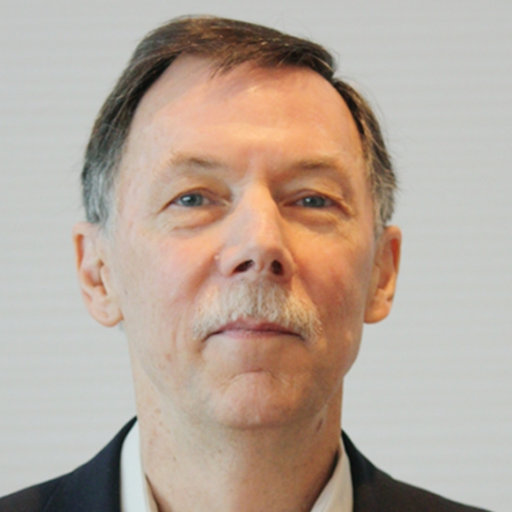15 November 2024–The Earthquake Engineering Research Institute (EERI), the Consortium of Organizations for Strong Motion Observation Systems (COSMOS), and SSA are pleased to announce that Kenneth W. Campbell of CoreLogic Inc. (retired) is the recipient of the 2025 Bruce Bolt Medal.
Campbell was recognized for his 50 years of research and practice-oriented contributions to earthquake hazard and risk characterization and his innovative and impactful utilization of earthquake ground motion data. The award will be presented to Campbell at the 2026 U.S. National Conference on Earthquake Engineering and EERI Annual Meeting in Portland, Oregon.
The Bruce Bolt Medal honors the legacy of Bruce Alan Bolt (1930-2005), a pioneer at the intersection of earthquake science and earthquake engineering. Both an internationally recognized seismologist and an elected member of the National Academy of Engineering, he served as founding president of COSMOS, president of SSA, president of the International Association of Seismology and Physics of the Earth’s Interior (IASPEI), and chair of the California Seismic Safety Commission.
 The medal is awarded jointly by EERI, COSMOS and SSA to recognize individuals worldwide who work at the intersection of seismology and earthquake engineering, whose accomplishments involve the promotion and use of earthquake measurements, and whose leadership in the transfer of scientific and engineering knowledge into practice or policy has led to improved seismic safety.
The medal is awarded jointly by EERI, COSMOS and SSA to recognize individuals worldwide who work at the intersection of seismology and earthquake engineering, whose accomplishments involve the promotion and use of earthquake measurements, and whose leadership in the transfer of scientific and engineering knowledge into practice or policy has led to improved seismic safety.
“I want to thank the nominating committee and the COSMOS, EERI and SSA organizations for selecting me to receive the very prestigious Bruce A. Bolt Medal,” said Campbell. “I was shocked and humbled when I was told that I had been awarded the medal, considering the highly accomplished individuals who have received it in the past. I was fortunate to have been alive during much of Dr. Bolt’s career and learned much from his innovative research style, cross-discipline engagement and gentlemanly demeanor.”
Campbell has been a leader at several professional organizations, including CoreLogic Inc. and EQE International/EQECAT, focused on seismic hazard and risk analysis used in the insurance industry. His career also includes work for the U.S. Geological Survey and consulting companies specializing in developing design ground motion for worldwide critical facilities and oil platforms.
He is perhaps best well-known for his impactful studies in ground motion modeling, several of which were cited by his peers in their nomination of Campbell for the Bolt Medal. These groundbreaking papers include the 1981 Bulletin of the Seismological Society of America paper “Near-Source Attenuation of Peak Horizontal Acceleration,” which introduced the concept of magnitude saturation of peak ground acceleration; and the 2003 BSSA paper “Prediction of Strong Ground Motion Using the Hybrid Empirical Method and Its Use in the Development of Ground-Motion (Attenuation) Relations in Eastern North America,” which pioneered the concept of the “hybrid-empirical method” for developing ground motion models in regions with sparse ground-motion recordings.
Starting in 2003, Campbell participated in the Next Generation Attenuation (NGA) project series NGA-West, NGA-West2, NGA-East and NGA-Subduction, providing supporting studies for ground motion model development. These models have been adopted by the U.S. Geological Survey for the development of the USGS National Seismic Hazard maps, which inform seismic design codes across the country.
Campbell has also worked as a consultant on high-profile infrastructure projects in the U.S. and internationally, including the seismic hazard analysis of the California High-Speed Rail project and multiple levels of the Senior Seismic Hazard Analysis Committee (SSHAC) projects for the U.S. Nuclear Regulatory Commission. He has also served as a seismic hazard expert for the International Atomic Energy Agency.
Campbell received his B.S. in civil engineering in 1970; his M.S. in soil mechanics in 1972 and his Ph.D. in geotechnical and earthquake engineering in 1977 from the University of California, Los Angeles.
